
Fatou Cissé during the performance "Imaginary Futures" by Marcus Neustetter and Team at "Global Periphery", Paris september 24th 2022, a Leonardo/Olats event for More-Than-Planet, photo © Quentin Chevrier
Imaginary Futures
Table of content :

image Marcus Neustetter
Introduction
In the process of exploring a collective understanding of our relationship to space, the Imaginary Futures project brings together an experimental dialogue of creative producers from different disciplines and contexts to look at what our shared peripheral perspective of a space-future might look like.
In the past 5 years the Imaginary Futures projects has responded to empowering new perspectives, responding to shifts caused by the pandemic, and testing new opportunities for co-production across the globe with productions that range form socially engaged planetarium performances and films to participatory virtual experiences.
Invited to present a performance at the Global Periphery 2-day symposium a selection of the Imaginary Futures team from different parts of South Africa engage virtually with each other, with the host artist Marcus Neustetter, and a live performer in Paris. The aim is to publish a performance lecture that provokes abstract dialogue and shares responses to key thematic questions around our relationship to space, triggered by the the Global Periphery engagement questions:
What attracts you to space? Space Escape or Destination? Space Research or Resource? Is Space a Public place? What is a Space Nation? What could a Space Culture be? Is Dreaming of Space a Luxury? What is you most iconic image of space?
These questions are the initial stimulator that will search earth-based perspectives of our current diverse lived experiences.
In the development of the performance a range of creative co-production sessions seek to build a collective narrative and raw material for the final improvised live exchange. These creative sessions are being developed on ZOOM and WhatsApp, in a studio workshop in South Africa in the month of August and finally in participatory workshops in Paris with select participants outside of the core group.
The intention is to allow different perspectives, discipline, languages, contexts and resources to become the opportunity for experimental expression and result in two public participatory virtual experiences in the Global Periphery programme.
What sets this performance apart from previous Imaginary futures actions, it that it will be streamed to a live audience in one venue. The audience will have a unique perspective into one part of the collective engagement. They will be witnessing the live contribution from the performer in Paris, who is not there to perform for the audience but rather interact with the dialogue partners on the screen.
Another experimental first for this iteration of Imaginary Futures, is the contribution of outcomes from the workshop with select participants in Paris. Here the intention is to develop sets and pre-recorded performance contributions to be included into the live performance dialogue.

Performance "Imaginary Futures" by Marcus Neustetter and Team with Marcus Neustetter and Fatou Cissé on stage at "Global Periphery", Paris september 2022, a Leonardo/Olats event for More-Than-Planet, photo © Quentin Chevrier

Performance "Imaginary Futures" by Marcus Neustetter and Team with Fatou Cissé on stage at "Global Periphery", Paris september 2022, a Leonardo/Olats event for More-Than-Planet, photo © Louis Hemon

Fatou Cissé during the performance "Imaginary Futures" by Marcus Neustetter and Team at "Global Periphery", Paris september 24th 2022, a Leonardo/Olats event for More-Than-Planet, photo © Quentin Chevrier

Performance "Imaginary Futures" by Marcus Neustetter and Team with Fatou Cissé on stage at "Global Periphery", Paris september 2022, a Leonardo event for More-Than- Planet, photo © Louis Hemon

Marcus Neustetter at the scenography-vjing desk of the performance "Imaginary Futures" at "Global Periphery", Paris september 2022, a Leonardo/Olats event for More-Than-Planet, photo © Quentin Chevrier
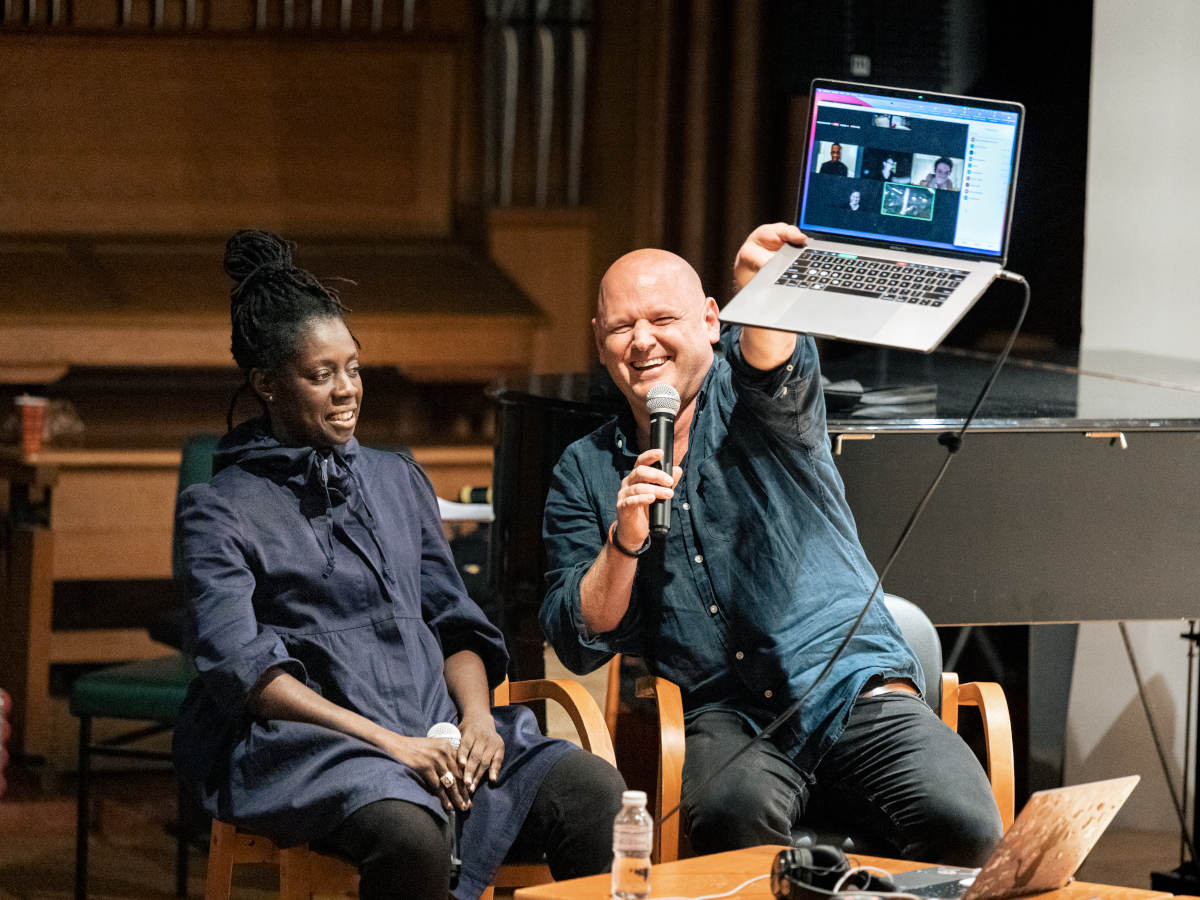
Fatou Cissé and Marcus Neustetter with the Team in South Africa on screen after the Performance "Imaginary Futures" at "Global Periphery", Paris 24th september 2022, a Leonardo/Olats event for More-Than-Planet, photo © Quentin Chevrier
Participants: Marcus Neustetter I Fatou Cissé I Thulisile Princess Binda I Xolisile Bongwana I Miné Kleynhans I Aja Marneweck I Sifiso Teddy Mhlambi I Ciara Struwig

Marcus Neustetter
Interested in cross-disciplinary practice, site-specificity, socially engaged interventions and the intersection of art and activism, Neustetter has produced artworks, projects, performances and installations across the globe. Searching for a balance between poetic form and asking critical questions, his media fluctuates in response to concept and context. Ideas often circle the intersection of art, science and technology in an attempt to find new perspectives on his process.

Fatou Cissé
She began her career very early alongside her father, a choreographer and participated in several master classes with various choreographers from the continents. She was assistant choreographer of the CIE 1er Temps of the choreographer Andreya Ouamba for 14 years, then finalized the creation of her company in 2012. She traveled all over the world for meetings, workshops and shows.
Fatou collaborated a lot with the Ker Thiossane, experimental villa on digital artistic practices, ecology and urban planning.
In 2019, she created the urban scenographic concept “La ville en mouv’ment”, Les arts dans la rue, which invites performers from the visual and performing arts to recycle, collaborate and exhibit, with the inhabitants.
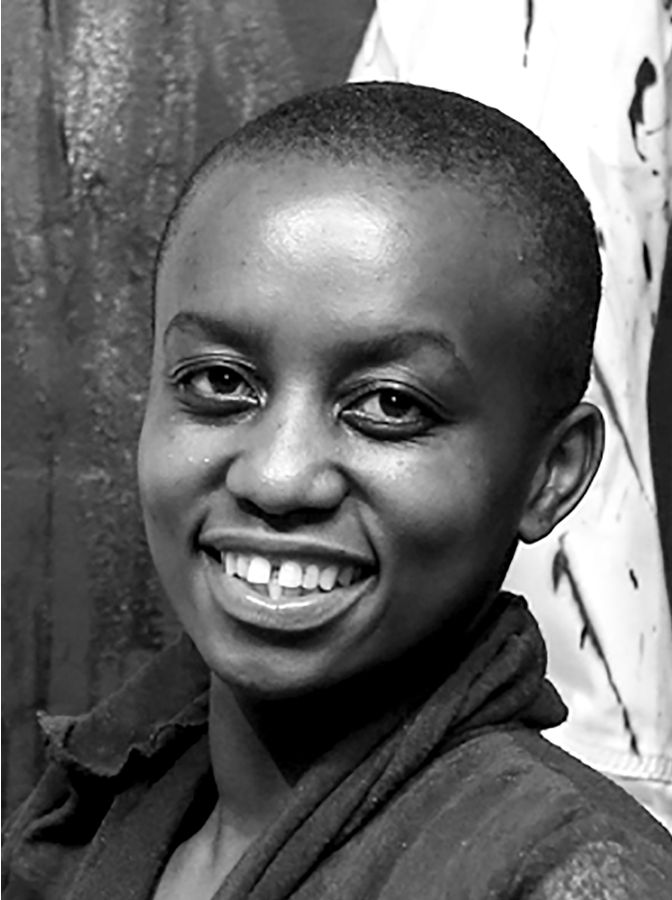
Thulisile Binda
Through dance, Thulisile Binda grapples with complex and enduring themes of the physical and the psychological in equal measure. She seeks to interrogate the placement of a women’s body in contemporary society. Her work is known for its striking blend of raw physicality and unique musicality, alive with responsive fluidity and driven by the inherent narrative of the body.

Xolisile Bongwana
Eastern Cape born Xolisile Bongwana is an accomplished dancer and singer, who is also well-versed in composing, directing, acting and choreography. His two-decade award-winning career presents a powerful self-expression from personal narratives of connecting to his ancestry to participation in large international productions.

Miné Kleynhans
Miné Kleynhans is a visual artist whose artworks typically employ humour and satire to tease out the rich intersections between magical thinking, social ritual, consumer culture, personal and collective fantasies and game playing. This interest and direction is not only evident in her studio practice, but also in her collaborative engagements and approaches to larger programs and projects she manages.
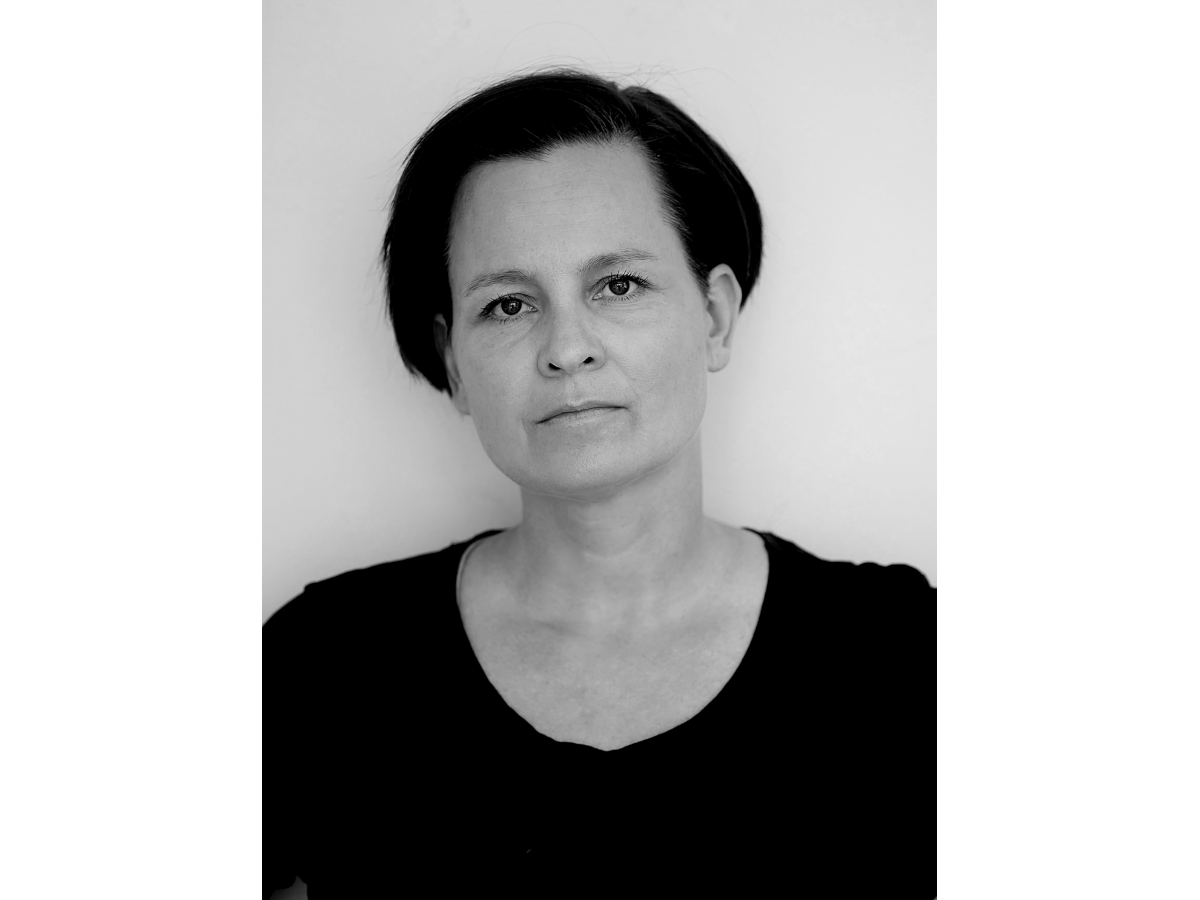
Aja Marneweck
Aja Marneweck is a puppeteer, educator and theatre maker specializing in puppetry and multimedia performance. She is currently a senior lecturer and convenor of the Laboratory of Kinetic Objects/Puppetry Arts (LoKO) at the Centre for Humanities Research at the University of the Western Cape where she applies her ability to transform and animate beyond her personal creative practice.

Teddy Mhlambi
Performance artist and choreographer, Teddy Mhlambi has a passion for developing and exploring new ways of collaborative expression across various arts forms. Working with diverse cross-disciplinary artists he fuels his own experience and knowledge, which in turn is expressed in his performances and his teachings.

Ciara Struwig
Ciara Struwig is a visual artist and tinkerer. She searches for meaning in the traces of things, and the stories that ephemeral evidence can tell. Her studio process balances medium and meaning in sensitive explorations of expression that draws from the experiences of life and the larger questions that surround our existence, but finds form in crafted and refined objects and images.
Video
Marcus Neustetter & Team, Imaginary Futures , 23 & 24 septembre 2022
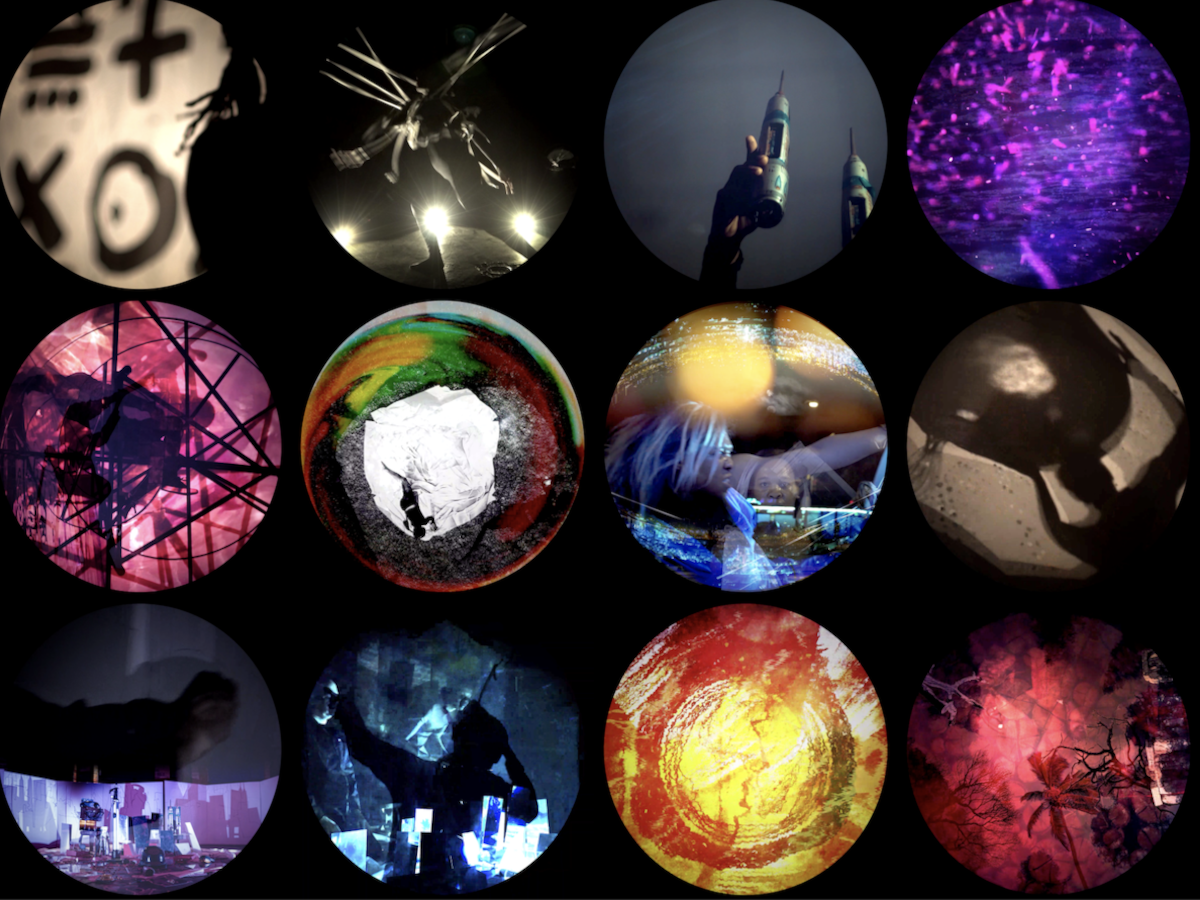
Imaginary Futures, image Marcus Neustetter
On September 22nd, during half a day, 8 to 10 people, participate in a workshop with Marcus Neustetter and Fatou Cissé around the general conference theme in order to propose, in a collective creation, one or several elements that are to be integrated into the Saturday performance of Imaginary Futures.
The workshop is hosted by EnsadLab.
Partners to the workshop
Chaire Art Science, Ecole Polytechnique, Jean-Marc Chomaz
Chaire Art Science, Ecole Nationale Supérieure des Arts Décoratifs (ENSAD), Samuel Bianchini
Institute of Communication, Culture, Information and Technology at the University of Toronto, Mississauga, Marie-Pier Boucher
Participants to the workshop: Rouzbeh Akhbari I Valentine Auphan I Marie-Pier Boucher I Pierre Bourdon I Yanxu Chen I Arthur Enguehard I Guillemette Legrand I
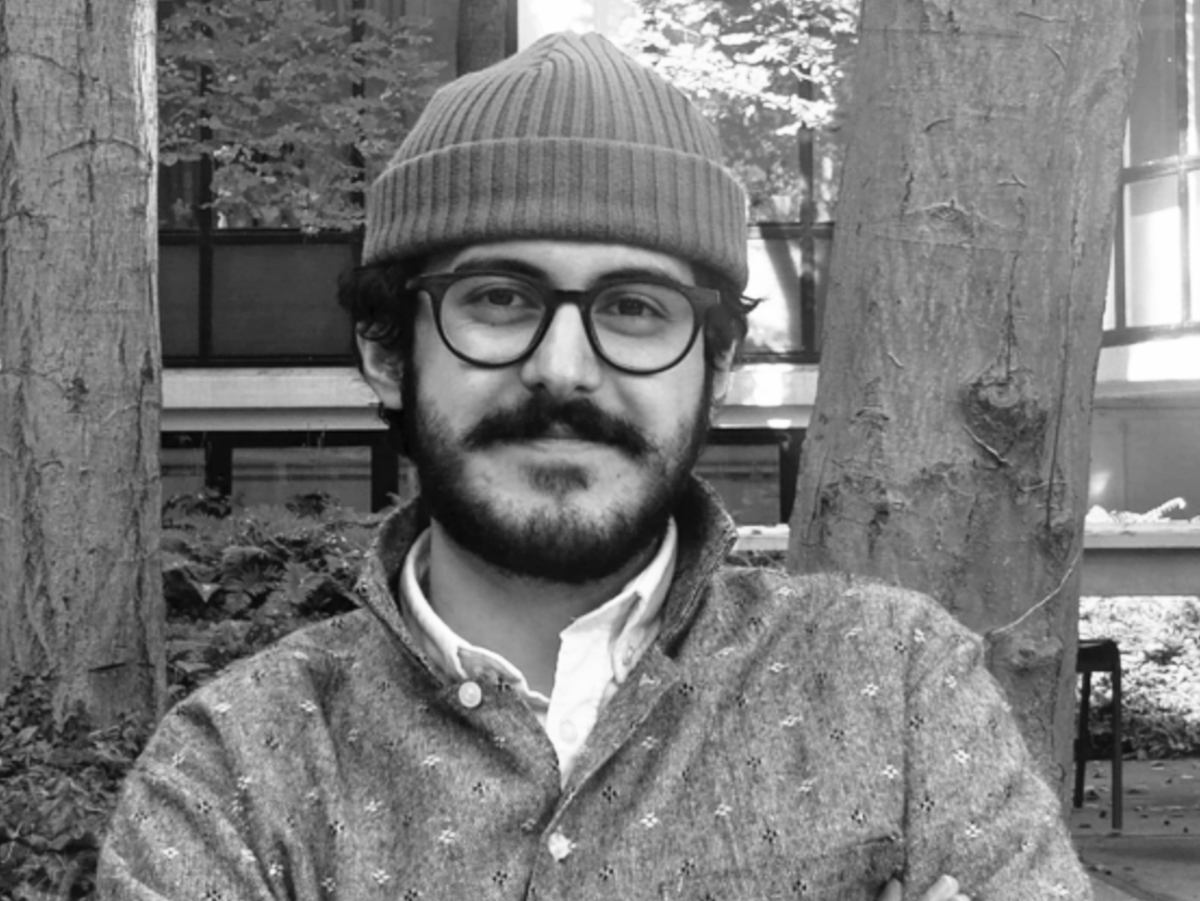
Rouzbeh Akhbari
Rouzbeh Akhbari is an Iranian-Canadian artist working in video installation and film. His practice is research-driven and typically sits at the intersections of storytelling, political ecology, and postcolonial studies. Through a delicate examination of the violence and intimacies that occur at the borders of lived experience and constructed histories, he uncovers the minutiae of power that regiments the world around us. Akhbari trained as a sculptor at OCAD University and holds a graduate degree in Visual Studies from the School of Architecture, Landscape and Design at the University of Toronto. He is currently a Ph.D student of Human Geography in the same university.
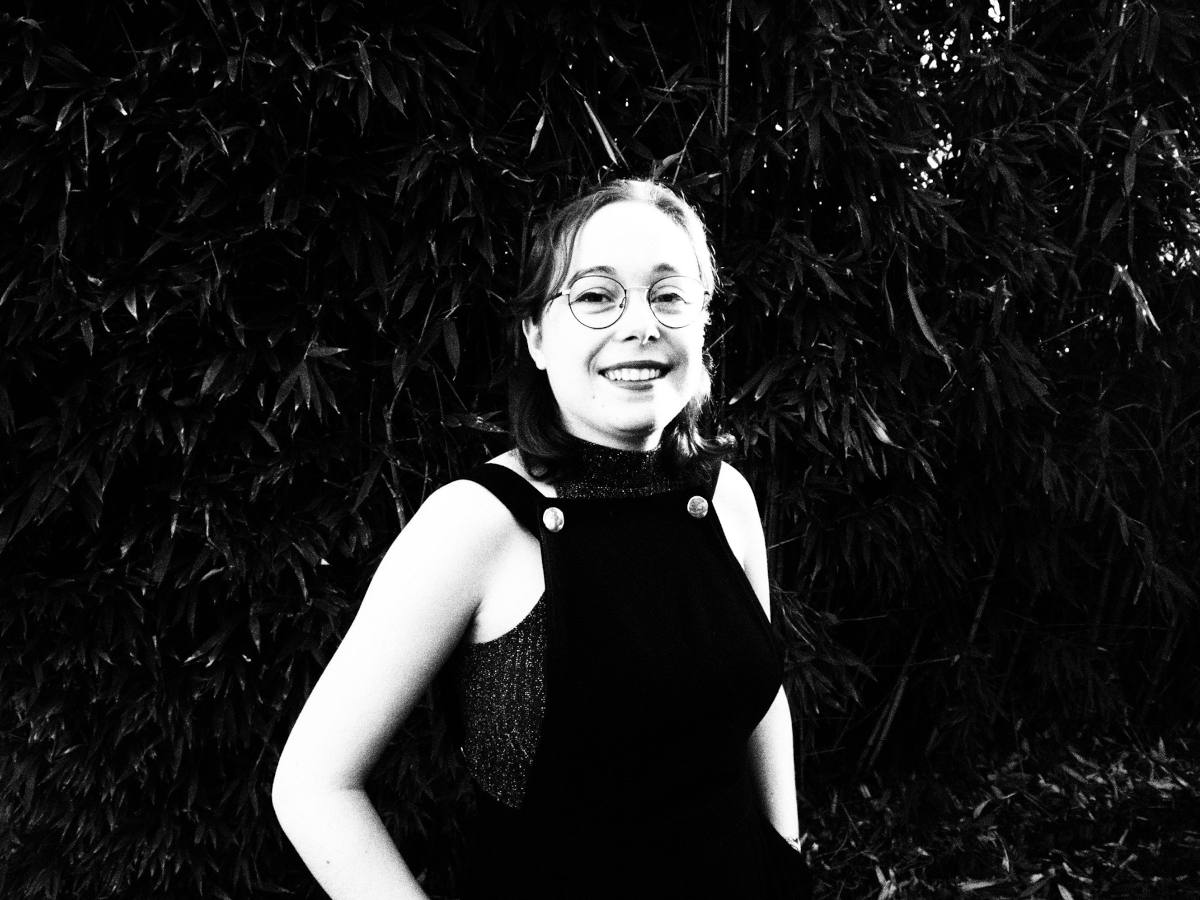
Valentine Auphan
Valentine Auphan graduated from the École nationale supérieure des Arts Décoratifs de Paris in graphic design and multimedia. She has a multidisciplinary practice and aspires to continue her studies with a PhD in design and sciences. Her subjects of reflection concern the links between these two disciplines. Indeed, her diploma project deals with the representation of the exoplanetary ground in collaboration with the Observatoire de Paris. Through an immersive artistic installation of mapping on a dome, she tries to make us forget our own temporality and spatiality to better "look at ourselves from the inside". Globe-trotter, she is inspired by her travels and practices telescope tourism. Thus, in the clarity of the night, she observes the astronomers and revisits their interpretations that will change the future. Her plastic research, a true archeology of light, invites to daydreaming, to share with others through the story and experimentation.

Marie-Pier Boucher
Marie-Pier Boucher is Assistant Professor of Media Studies at the Institute of Communication, Culture, Information, and Technology + iSchool at University of Toronto, Mississauga. She works on the artistic exploration of science and technology, with a specific focus on the design of environments built to support life in extreme environments. She leads the research program "Outer Space and the City" (funded by the Social Sciences and Humanities Research Council of Canada), a project in which Rouzbeh Akhbari, doctoral student in human geography, participates.
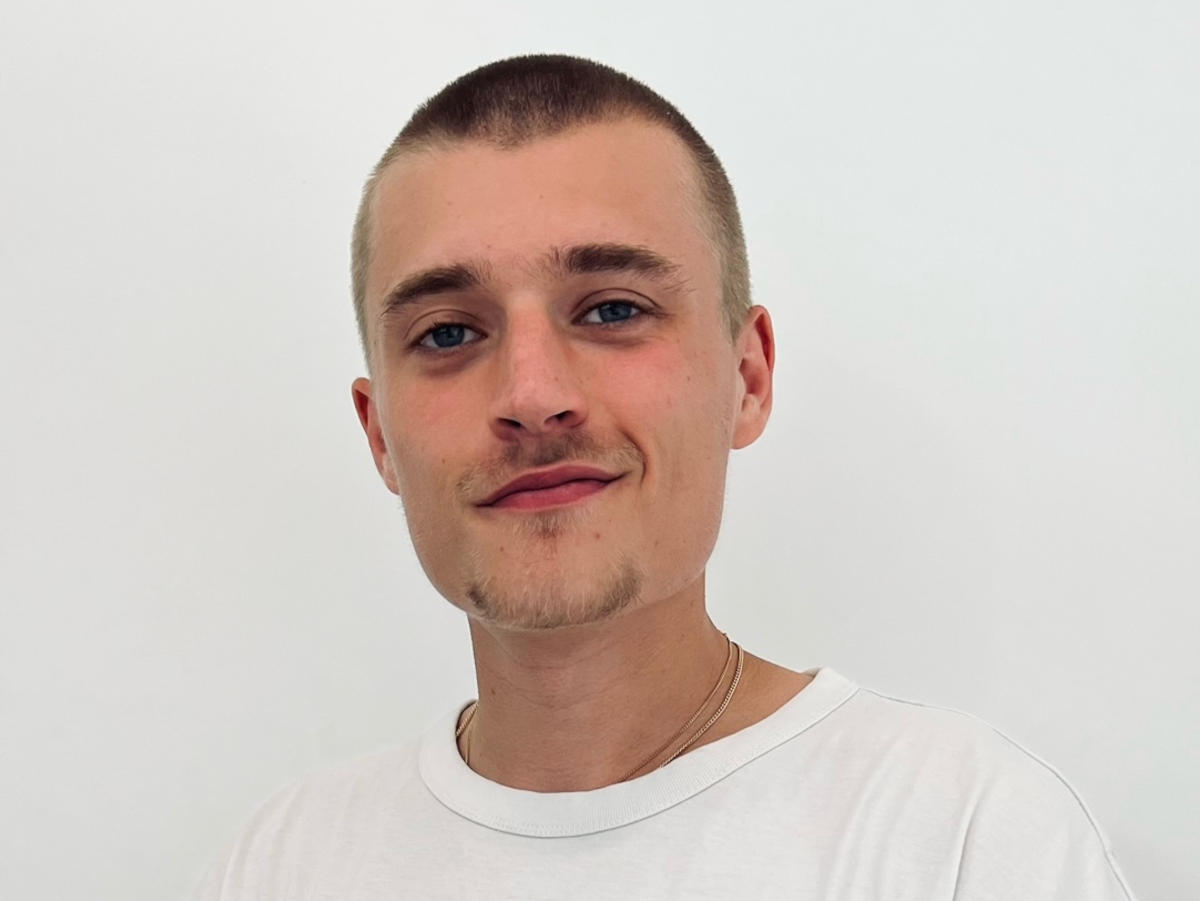
Pierre Bourdon
After studying digital creation at Estienne ESAIG, Pierre Bourdon is now finishing a transdisciplinary post-master cursus at the CNAM with an internship at the Chaire arts et sciences, LadHyX (Ecole polytechnique). From the conception of digital experiences to the integration of analog mediums and scientific culture, he evaluates the possibilities of an unruly and cross-disciplinary design. He also maintains a personal practice, especially with his diploma project « Citadelle » started 2 years ago. This alternate reality experience offers participants to reveal a corporation behind the construction of ultra-connected physarum polycephalum incubators. This never-ending and unsolicited experience is the essence of his research in arts and sciences, allowing him to bend the existing modal boundaries that regulate the course of an immersive experience.

Yanxu Chen
Yanxu defended her PhD thesis in physical oceanography at Ecole Normale Supérieure during the 2022 summer. Her research is explicitly related to mesoscale eddies — the “weather” system of the ocean, and technically how to represent these features in numerical modeling. Apart from fluid mechanics, Yanxu is also interested in the artistic investigation of “metaphysics”, where she believes both logics (mathematics) and poetry can penetrate differently, though there is always the question of uncertainty. She plays a Chinese musical instrument — Guqin on a daily basis, of which she tries to explore the poetic side of imagination and combine with installation of water waves.

Arthur Enguehard
Interested in cultural incarnation and relational practices as an active way of building identities as well as objects, Arthur Enguehard addresses in his work the issue of "the Earth" as an environment. After studying Geosciences and specialized in Climatology at ENS in Paris Arthur commited to informal and militant education on various terrains and with divers publics. He is a leader of the artivist and education groupe "PePaSon" working on listening bodies. Now he follows a PhD programm at SACRe-ENS (ENS-ENSAD) and builds artworks and conceptual geographies in order to explore how geosciences "dispositifs" could be used to experience continuously the Earth as a common and shared living environment.

Guillemette Legrand
Guillemette Legrand is a designer and artist who uses multimedia installations, experimental presentations, films, and textile-making to mythologise the machine gaze, and materialise different imaginations of the human-machine continuum. In 2020, she initiated the research group Techno-Mythopoeia, which seeks to readjust the relationship between scientific knowledge and the representation of the Earth within our collective imagination, using cosmogram-making as an instrument for artistic research and practice. Her work has been exhibited at the V&A (London, UK), V2_ Lab for the Unstable Media (Rotterdam, NL), the 4th Istanbul Biennale (Istanbul, TR), LUMA (Arles, FR), Design Museum (London, UK), among other international locations. Guillemette is one half of the practice Legrand Jäger.

Workshop "Imaginary Futures" at Maison des Métallos, Paris, during "Global Periphery" on 22nd Septembre 2022 - image Carine Le Malet

Workshop "Imaginary Futures" at Maison des Métallos, Paris, during "Global Periphery" on 22nd Septembre 2022 - image Carine Le Malet

Workshop "Imaginary Futures" at Maison des Métallos, Paris, during "Global Periphery" on 22nd Septembre 2022 - image Carine Le Malet

Yanxu Chen and Valentine Auphan, workshop "Imaginary Futures" at Maison des Métallos, Paris, during "Global Periphery" on 22nd Septembre 2022 - image Carine Le Malet

Rouzbeh Akhbari and Diane-Line Farré, workshop "Imaginary Futures" at Maison des Métallos, Paris, during "Global Periphery" on 22nd Septembre 2022 - image Carine Le Malet
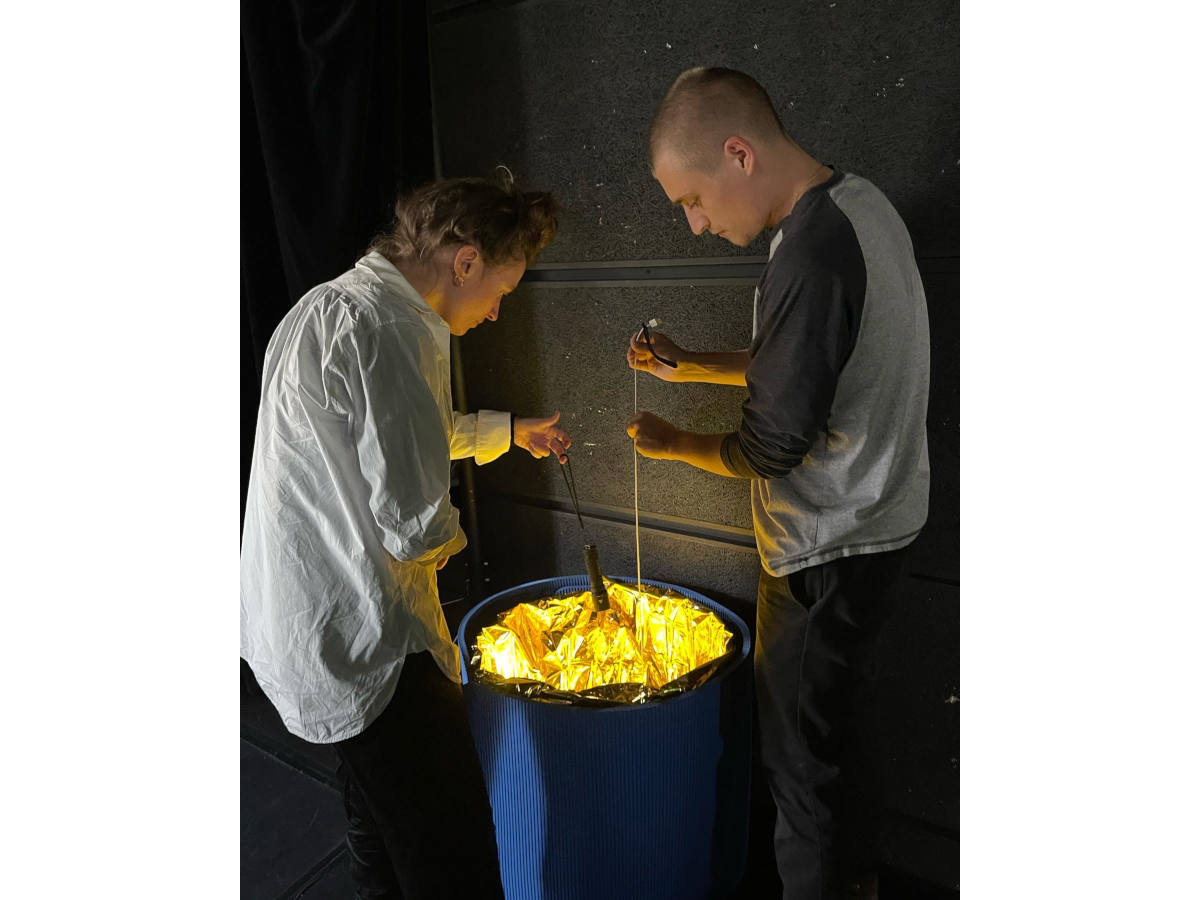
Pierre Bourdon and Guillemette Legrand, workshop "Imaginary Futures" at Maison des Métallos, Paris, during "Global Periphery" on 22nd Septembre 2022 - image Carine Le Malet
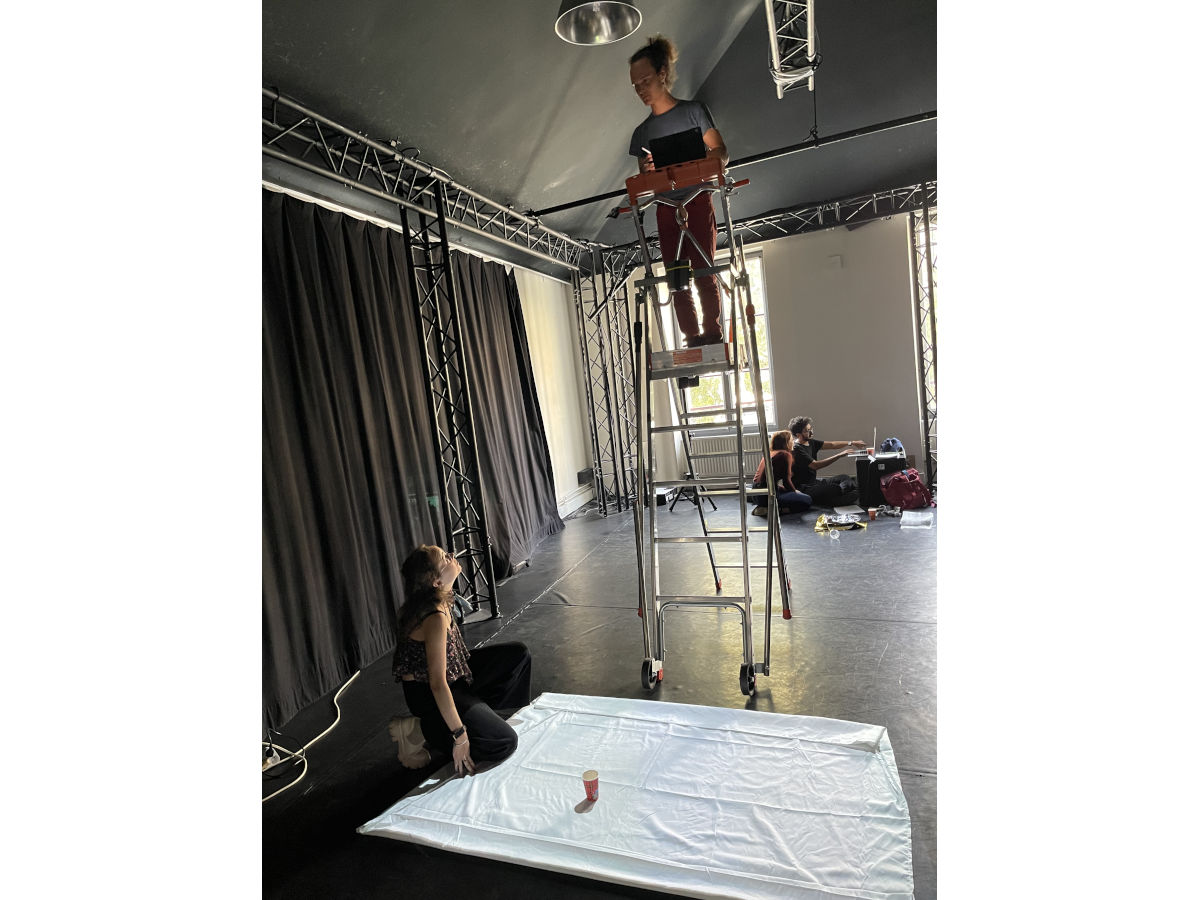
Arthur Enguehard and Valentine Auphan, workshop "Imaginary Futures" at Maison des Métallos, Paris, during "Global Periphery" on 22nd Septembre 2022 - image Carine Le Malet

Fatou Cissé, workshop "Imaginary Futures" at Maison des Métallos, Paris, during "Global Periphery" on 22nd Septembre 2022 - image Carine Le Malet

Marie-Pier Boucher, Fatou Cissé, Annick Bureaud, Workshop "Imaginary Futures" at Maison des Métallos, Paris, during "Global Periphery" on 22nd Septembre 2022 - image Carine Le Malet
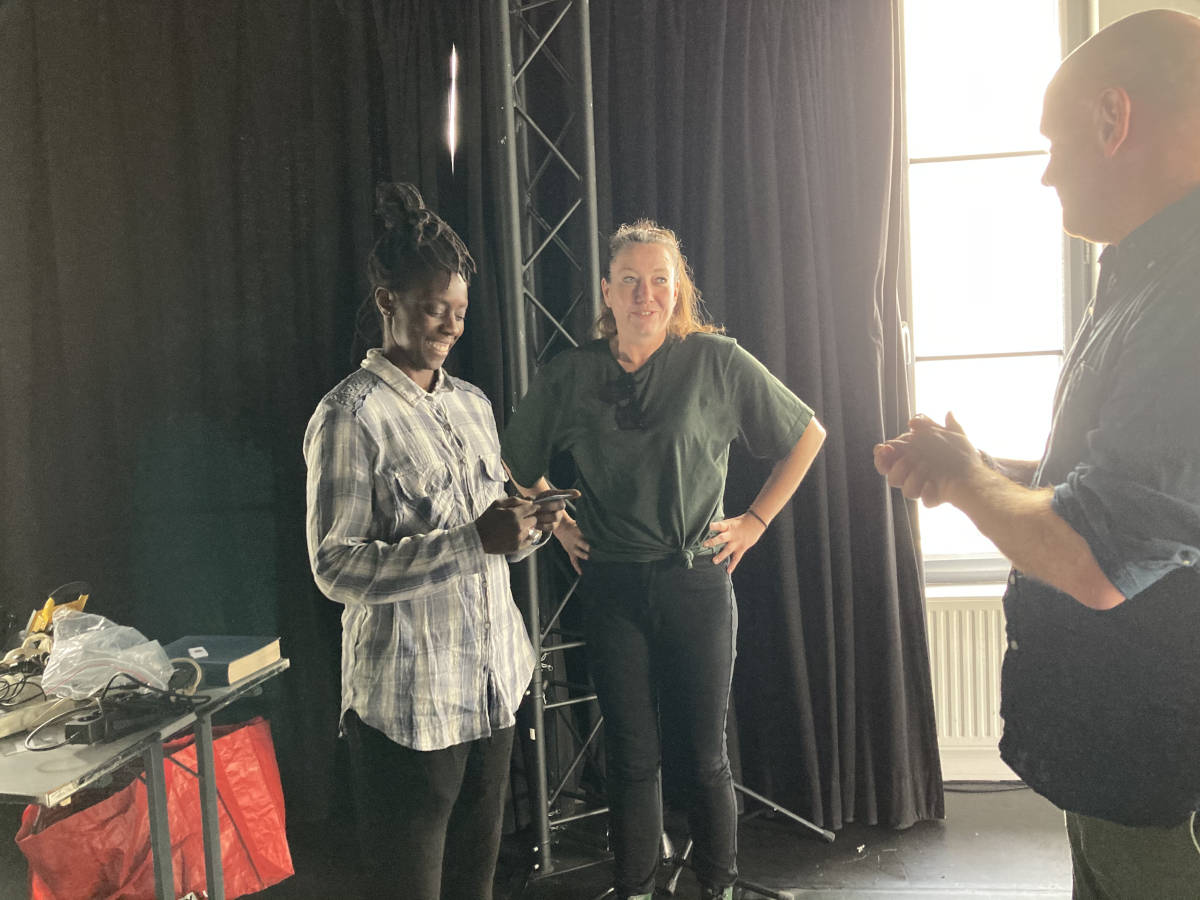
Fatou Cissé, Marie-Pier Boucher and Marcus Neustetter, workshop "Imaginary Futures" at Maison des Métallos, Paris, during "Global Periphery" on 22nd Septembre 2022 - image Annick Bureaud
Additional resources
– « I feel the rain of another planet » – an art & science research project at the Fluid Dynamics for Sustainability and Environment summer school, 2018 – Jean-Marc Chomaz, ladHyX, CNRS-Ecole polytechnique, Palaiseau, France ; Stuart Bruce Dalziel, DAMTP, University of Cambridge, Cambridge United Kingdom ; Timothy Hyde, Department of Art and Art History, University of California, Davis, USA ; Jiayi Young, Department of Design, University of California, Davis, USA
Partners
Global Periphery is part of More-Than-Planet project , an international cooperation project between Stichting Waag Society (NL), lead partner, Zavod Projekt Atol (SI), Ars Electronica (AT), Digital Art International ART2M (FR), Northern Photographic Centre (FI) and Leonardo/Olats
(FR).
Collaborations with Chaire arts & sciences, Ecole polytechnique and Ensad (FR)
Endorsed by ITACCUS, the Committee for the Cultural Utilisation of Space of the IAF-International Astronautical Federation.
Hosted in partnership by Cité Internationale des Arts.
Co-funded by the European Union.
Views and opinions expressed are however those of the author(s) only and do not necessarily reflect those of the European Union. Neither the European Union nor the granting authority can be held responsible for them.
Leonardo/Olats received the support from the Daniel and Nina Carasso Foundation, the Canadian Cultural Centre in Paris and the Institut Français India.





Leonardo/Olats
Observatoire Leonardo des Arts et des Techno-Sciences
À propos / About | Lettre d'information Olats News



Pour toute (re)publication, merci de contacter / For any (re)publication, please contact Annick Bureaud: info@olats.org
Pour toute question concernant le site, merci de contacter / For any issue about the website, please contact: webmaster@olats.org
Design Thierry Fournier
© Association Leonardo 1997-2022